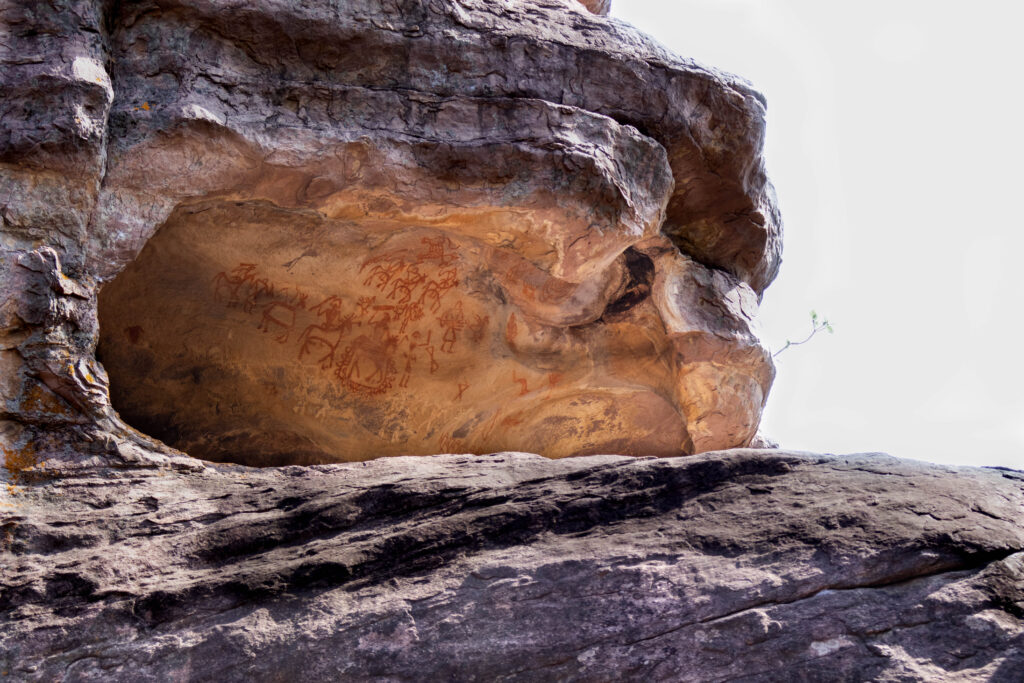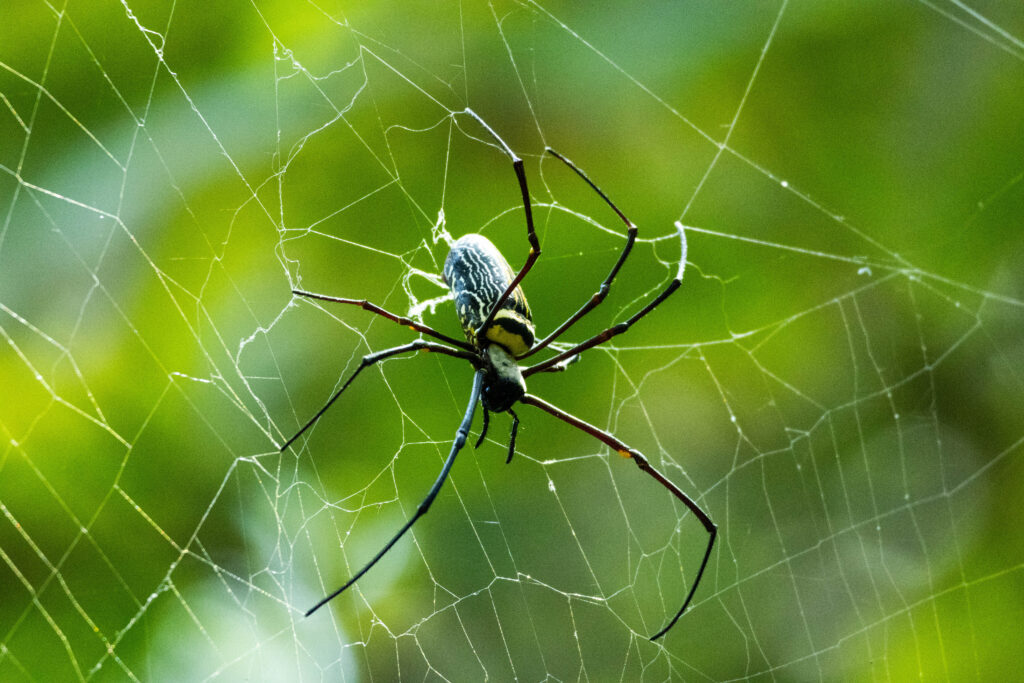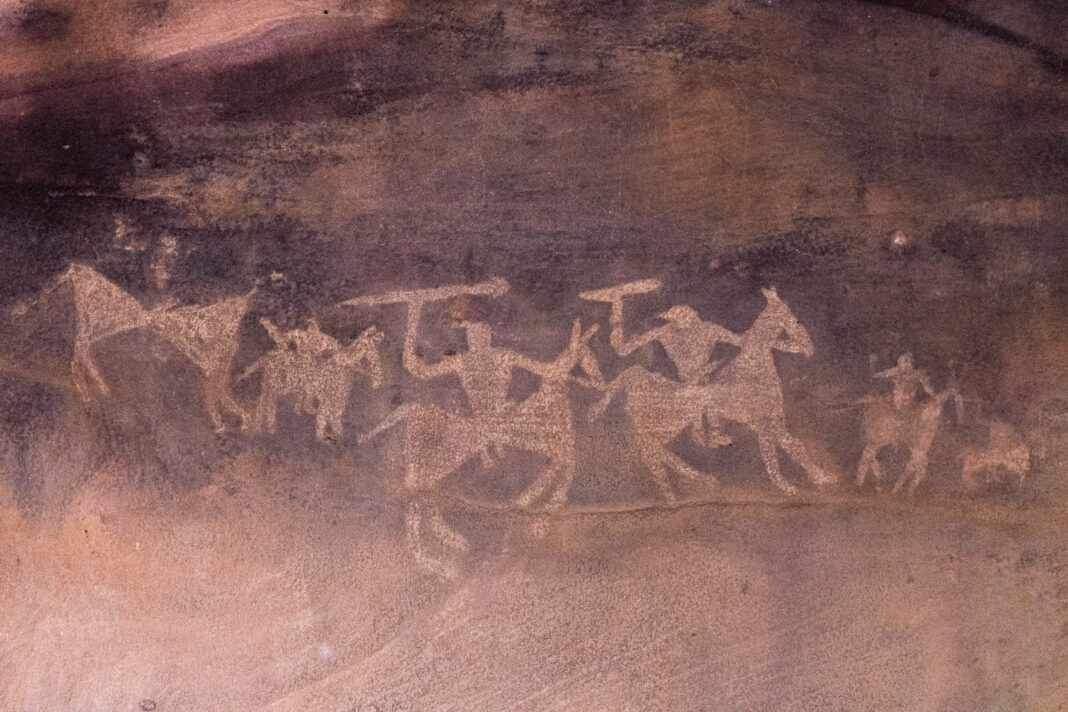Those who travel merely for fun and entertainment may not find Bhimbetka appealing. Such travelers might prefer going on Sair Sapata or places like Van Vihar, which is also a wonderful spot. However, if you travel in search of something new, something to learn or experience serenity, then I fear Bhimbetka might captivate you entirely. You might lose yourself in Bhimbetka, or perhaps, you might find yourself there. Bhimbetka is like a magical poem that repeatedly calls you back to its embrace.
If you are reading these words, you likely already know what Bhimbetka is and why it is famous. Yet, if you haven’t seen it with your own eyes, let me tell you that Bhimbetka is an archaeological site. It has around 700 rock shelters where humans sought refuge from the Stone Age to the medieval period. In other words, these are the homes of our ancient ancestors. What makes these shelters special is that around 400 of them feature paintings, messages left by these early humans for us. Bhimbetka is the oldest known human settlement in the Indian subcontinent.
Upon reaching Bhimbetka, I was surprised to see that such a historically significant place isn’t crowded with tourists. But now, I feel it’s for the best. Bhimbetka, located amidst the Vindhya hills and dense forests far from the city, is not easily accessible by public transport. It’s fortunate that it hasn’t become a favorite spot for picnics and noisy gatherings.

The word “cave” might evoke thrilling thoughts, but most of Bhimbetka’s caves are not like that. In reality, they are rock shelters or “shailashrayas.” These shelters are mostly large, shady rock formations—spacious and airy. It’s easy to see why our ancestors chose them as places to live. Some shelters are even two-storied.
These rock shelters became homes for humans hundreds of thousands of years ago. However, the oldest human markings on these rocks are believed to be around 100,000 years old—small cup-like depressions carved into the stone. The paintings on these shelters are more recent, with the oldest dating back approximately 10,000 years. These depict scenes from life in the Stone Age—hunting, animals, dancing, and honey collection. Later paintings show activities like horseback riding and soldiers.
These paintings speak volumes. They offer glimpses of humanity’s childhood and reflect the artistic spirit of early humans. Art historians often trace the origins of art to these paintings. However, what draws me most is the mystery hidden within these images. Some paintings are created on the ceilings of the shelters. How did they hang there for hours without ropes or scaffolding to create such art? Why did they work so hard to preserve these images? Were they trying to convey something to us?
In the solitude of Bhimbetka, these questions echo louder in the mind. You feel transported to a different world, where time seems to stand still.

If you plan to visit Bhimbetka, go with plenty of time on your hands. Visit during the winter season and don’t forget to bring your own food. The area is surrounded by dense forests, lush greenery, hills, and beautiful rock formations. These rock shelters are part of the Ratapani Wildlife Sanctuary. The forest here has a variety of trees and unique species of spiders. And yes, despite being in the wilderness, the squirrels here are surprisingly friendly. We made friends with them in just minutes. After returning from Bhimbetka’s rock shelters, it feels as though I’ve left something behind. To reclaim it, I must visit again

